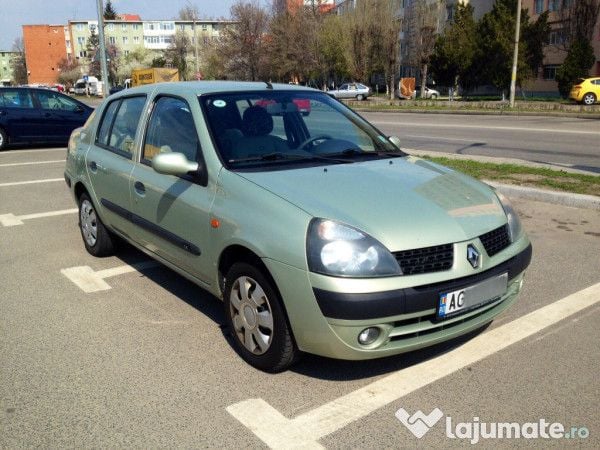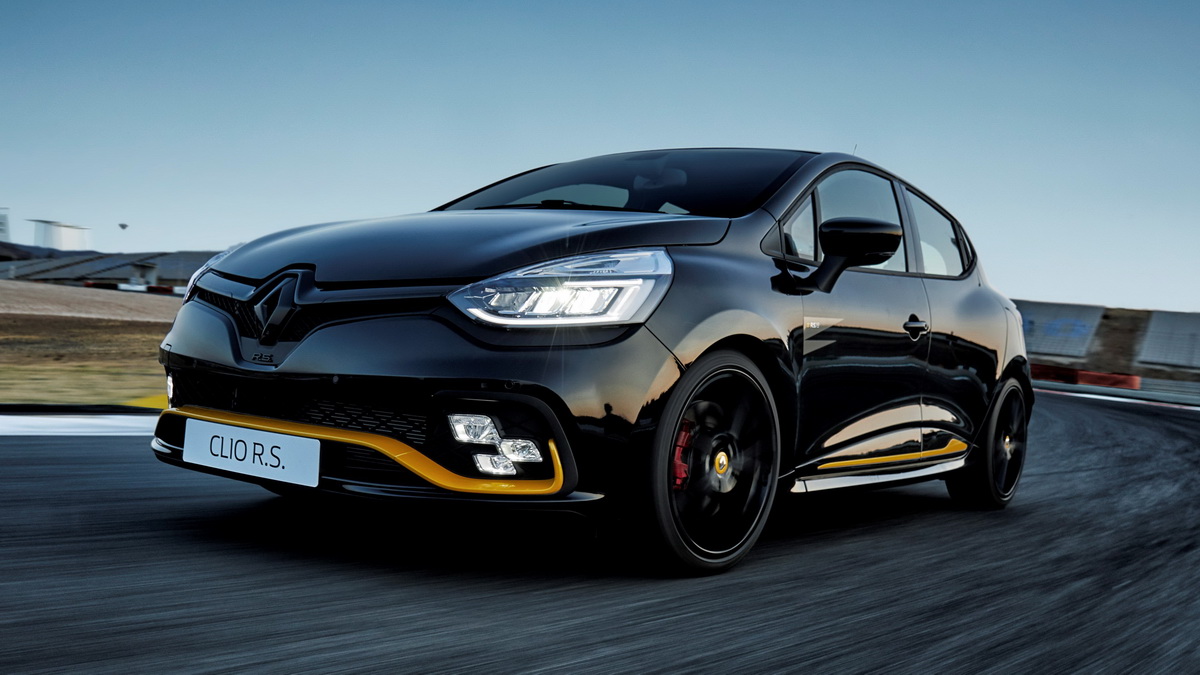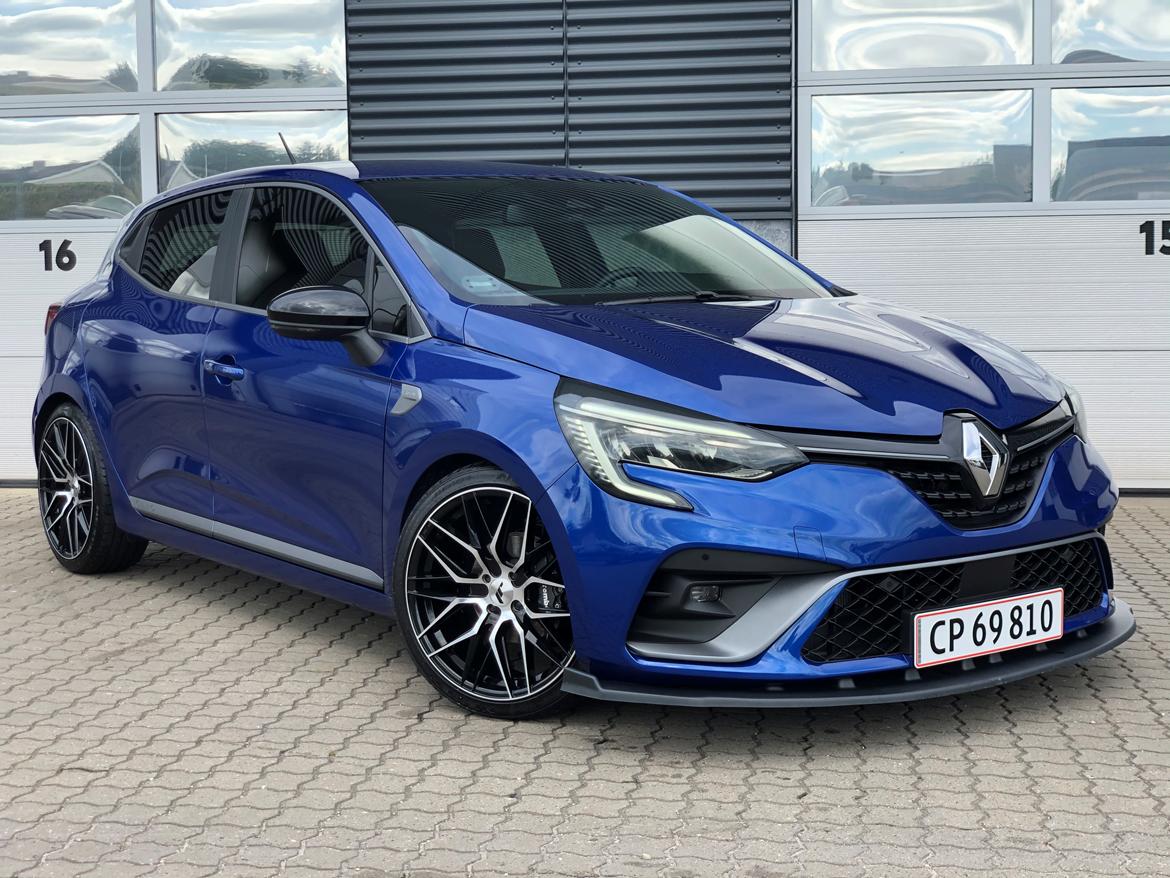

The bonnet curved more around the edges of the lights. The Phase 3 has different, more rounded headlights, incorporating the turn signal in the unit with the headlight.
#RENAULT CLIO SYMBOL 1.4 UPDATE#
The Phase 3 Clios had a slightly more noticeable update than the Phase 2's. This resulted in the engines producing slightly less power than their earlier versions. The cylinder head design on the 1.4 L E-Types was also slightly altered for the Phase 3 models in a bid for better fuel economy. In 1996, with the arrival of the Phase 3 'facelift' Clio, the 1.2 L Energy engine was replaced by the 1149 cc D7F MPi (Multi Point Injection) 'DiET' engine, first used in the Renault Twingo for some time also, versions were available with the older 1239 cc "Cléon" unit from the original Twingo. The clusters, however, are physically interchangeable with Phase 1 clusters. The rear light clusters were given a slightly more rounded 'bubble' shape to them, giving the Clio a more modern look. The badges on the tailgate strip were moved up onto the tailgate itself and the tailgate strip was given a carbon fibre look. The bump strips were made slightly larger and rounder, and the car's trim level badge was incorporated into the bump strips. Most noticeable was the change in the front grille from two metal ribs to a single colour-coded slat grille. In March 1994 the Phase 2 model was launched, with small updates to the exterior and interior of the Clio.

The altered design did not constitute a new 'phase'.

A new "smooth" version of the Renault diamond badge (the previous "ribbed" badge was being phased out at the time) and a new front seat design were the only changes. The gasoline engines all received a fuel injection system in place of carburettors in 1992, in order to conform to new pollutant emission regulations.Ī minor trim facelift occurred after only a year of being on sale. The engine range available at launch included 1.2 L and 1.4 L E-type "Energy" gasoline I4 engines (first seen in the R19) and 1.7 L and a 1.9 L diesel (both based on the F-type unit) engines. The Clio largely replaced the Renault 5 (which continued to be built until 1996 as a budget alternative). The Clio was introduced at the Paris Motor Show in the autumn of 1990 and began sales in France soon after, although sales in the rest of Europe did not begin until March 1991. It is also sold under the Nissan nameplate in some Latin American markets as the Nissan Platina. A four-door sedan was developed for certain markets where sedans are traditionally preferred over hatchbacks and was sold under names Renault Clio Symbol, Renault Clio Sedan and Renault Thalia. The Clio has been sold as the Renault Lutecia in Japan. The Clio has seen substantial critical and commercial success, being consistently one of Europe's top-selling cars since its launch, and it is largely credited with restoring Renault's reputation and stature after a difficult second half of the 1980s. Originally launched in 1990, it is currently in its third generation. The Renault Clio is a supermini produced by the French automaker Renault.


 0 kommentar(er)
0 kommentar(er)
